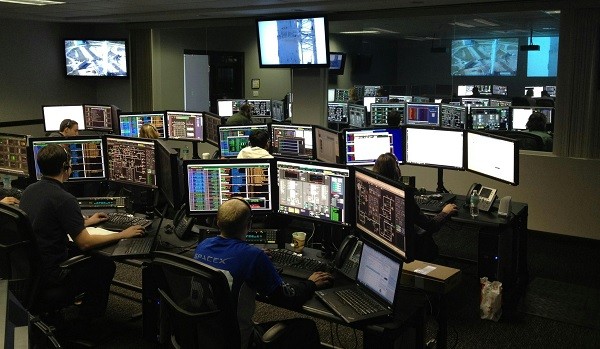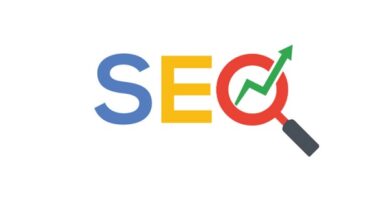Effective Employee Monitoring: Non-Invasive Alternatives to Screen Capture

Screen monitoring has become a common tool in the workplace, especially with the increase in remote and hybrid work setups. Many companies use screen capture methods to maintain productivity. But is this truly the most effective approach for improving employee performance?
An overview of screenshot monitoring tools
Screen capture employee monitoring is frequently adopted by managers and business owners to ensure tasks are completed as expected. What essential features does screen monitoring offer?
-
Employee monitoring via screenshots
This feature automatically captures a series of screenshots throughout the day, creating a visual record of employee activity on their devices. It helps track productivity, workflow, and adherence to company policies.
-
Recording employee computer screens
This option records the full screen session, allowing managers to review all employee activities on their work devices during the day.
-
Real-time screen monitoring
Real-time screen monitoring provides instant visibility into employee activities, enabling managers to give immediate feedback and address any productivity issues quickly.
Though screen capture monitoring can appear beneficial, this approach may ultimately impact team productivity negatively due to its invasive nature.
Is screen capture monitoring effective long-term?
Many organizations rely on screen capture employee monitoring to maintain a close view of employee activities. While this method offers benefits like real-time insights, prompt performance tracking, and early security detection, it also has potential drawbacks.
- Privacy concerns. Regular monitoring via screenshots can lead employees to feel that their privacy is compromised, creating stress and dissatisfaction.
- Reduced trust. Invasive monitoring approaches, such as screen capturing, are often seen as micromanagement, making employees feel untrusted.
- Limited context. Screenshots alone do not always provide a complete understanding of employee tasks, making accurate KPI evaluation challenging.
- Time-consuming. Reviewing numerous screenshots takes time and can add extra work for managers.
WorkTime’s non-invasive productivity monitoring: a considerate alternative to screen capturing
WorkTime offers a non-invasive approach to productivity monitoring as an alternative to traditional screen capture methods. This tool tracks productivity without capturing images or video, making it a more ethical and efficient solution.
Top 3 benefits of non-invasive monitoring
- Privacy respect. Unlike screen capture employee monitoring, non-invasive tools focus on activities without recording screen content, allowing managers to assess performance without violating privacy.
- Increased productivity. Without real-time screen monitoring or frequent screenshots, employees feel trusted and motivated, fostering a positive work environment. WorkTime’s approach has shown productivity improvements of up to 40%.
- Insightful data. Non-invasive monitoring gathers relevant KPIs like app usage, active hours, and attendance, giving managers actionable insights without the excess of unnecessary screenshots.
Conclusion
Screen monitoring can boost productivity, maintain compliance, and support remote and hybrid team management. However, overuse of intrusive monitoring may harm employee trust and morale, ultimately affecting productivity. Privacy-respecting solutions like WorkTime’s non-invasive monitoring offer a balanced approach that supports performance while respecting employee privacy.



